With its stunning landscapes, rich culture, and delicious cuisine, Vietnam has become a popular destination for travelers from all over the world. And now, thanks to the Vietnam government’s initiative, …
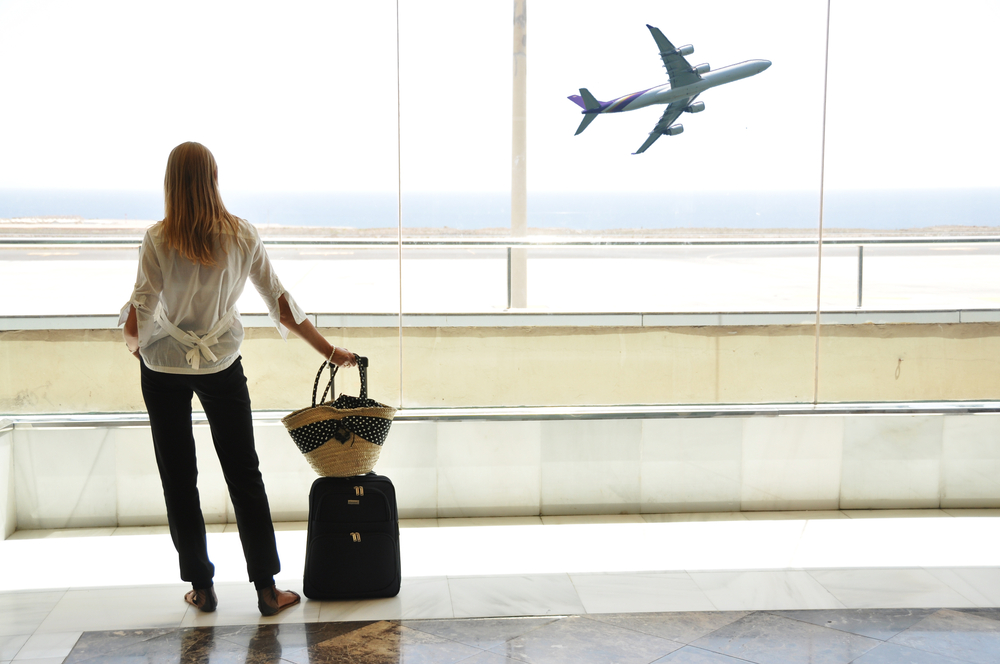
Have you ever wished to visit Vietnam and enjoy your holiday there? If yes, you should plan to come to Vietnam right now. The visa policy is not a problem now, and it is very easy to obtain a Vietnam visa. It’s time to come to Vietnam, and I will let you see all information about Vietnam visa.
Firstly, you should know that there are some countries’ citizens can enter Vietnam without visa. Please take a look at the table below:
| Free Visa | Country | Note |
| 90 days | Chile | |
| 30 days | Cambodia | |
| Indonesia | ||
| Kyrgyzstan | ||
| Laos | ||
| Malaysia | ||
| Singapore | ||
| Thailand | ||
| 21 days | Philippines | |
| 14 days | Brunei | |
| Myanmar | ||
| 45 days* | Belarus | A gap of at least 30 days between two visa-free visits is required |
| Denmark | ||
| Finland | ||
| France | ||
| Germany | ||
| Italy | ||
| Japan | ||
| Norway | ||
| Russia | ||
| South Korea | ||
| Spain | ||
| Sweden | ||
| United Kingdom |
Please note:
For Belarus, Denmark, Finland, France, Germany, Italy, Japan, Norway, Russia, South Korea, Spain, Sweden, United Kingdom, a gap of at least 30 days between two visa-free visits is required. It means if you come to Vietnam, then exit, and enter Vietnam again, you need to wait more than 30 days for allowing a new free visa. Therefore, if you have plan of coming to Vietnam and some countries nearby, you should carefully think about using free visa or applying a multiple visa.
If you do not belong to these countries, you must apply a visa for entering Vietnam. Or if you want to choose the visa which is more suitable with your trip (for example stay longer, enter many times, etc.), you can apply a visa.
If the Vietnam embassy or Vietnam consulate are located in the city you are living/working, you can come to this office to apply a Vietnam visa. Applying Vietnam visa at the embassy is not difficult. All you need to do is coming to the embassy/consulate and submit the application.
1/ Where is Vietnam Embassy Located in?
Not all countries in the world have Vietnam embassy/consulate. Some countries have both Vietnam embassy and consulate, some have only Vietnam embassy or Vietnam consulate, and some have neither Vietnam embassy nor Vietnam consulate.
See Vietnam embassy and consulate over the world here.
2/ Basic information
The visa you get at the embassy is official visa, which permits you to enter Vietnam basing on what you require in application form. To obtain this visa, you have to submit some documents. It usually includes: Original passport + application form + photos + related personal documents (depending on embassy request). Time for processing is about 5 – 7 working days.
For detail about this visa, please contact the embassy or consulate in your country directly.
3/ Pros & Cons of Visa at The Embassy
Pros:
Cons:
4/ Tips To Help You
Even Though coming to the embassy and apply your visa is not too complicated, this traditional way is not the best way to get Vietnam visa for you. Of course, you still can apply at the embassy to get your visa. However, with some disadvantage as above, especially not convenient for those living far away or without Vietnam embassy there, you can consider some different ways. Many people are trending to new ways to obtain visa, such as E-Visa or Visa On Arrival.
1/ What is a Vietnam E-Visa?
E-Visa is a program approved by the Vietnam government, allowing the citizens of some countries to apply online to get the electronic visa. When the applicants apply online, their data will be recorded in the Immigration online system, and they can use this E-Visa to enter Vietnam.
The E-Visa is a document with the applicant’s information inside. It is showed that the applicant is accepted to enter Vietnam with this document.
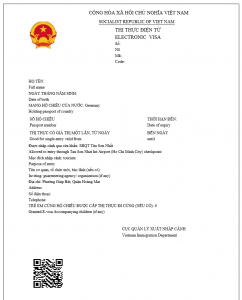
Vietnam evisa
2/ Who is Eligible?
It includes 80 countries which can apply the E-Visa:
3/ Where to Enter?
With the E-Visa, you can enter Vietnam through these below airports + land borders + sea ports:
a/ International airports
b/ Border crossing
From China:
From Laos:
From Cambodia:
c/ By Sea
Please note that you can only enter and exit Vietnam through the above ports when using e-Visa. The other ports are not allowed.
4/ How Many times Can I Enter and Exit?
E-Visa allows you to enter and exit Vietnam one time only. You cannot exit and re-enter with this visa. In case wanting to come to another country and come to Vietnam again, you need to do a new visa OR choose another type of visa (such as Visa On Arrival).
5 What Documents Do I Need?
To apply E-Visa, you need to prepare two documents only:
a/ Passport photo
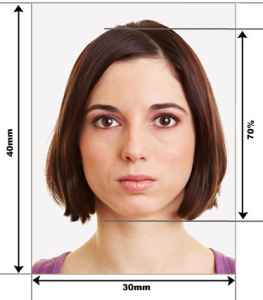
b/ Digital photo
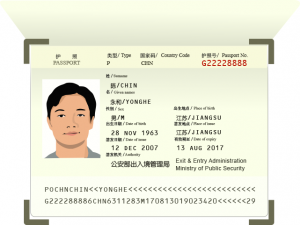
6/ How Long is My E-Visa Valid?
E-Visa allows you to stay in Vietnam 90 days maximum. You cannot extend the length of stay longer. In case wanting to stay longer in Vietnam, you need to renew your visa by exiting and entering Vietnam again with a new visa OR choose another type of visa.
Please note, E-Visa cannot be extended. Therefore, you cannot stay in Vietnam more than 90 days if using this visa.
7/ How Do I Apply For an E-Visa?
To get an E-Visa, you can apply online. All you need to do is fill in the form, then upload passport photo and digital photo.
See guidance for applying an E-Visa online here.
8/ How Long It Take for Processing?
It normally takes 3 working days to get the E-Visa from the time you submit it. Please note that working days means weekdays, not counting Saturday, Sunday and holidays.
9/ What to Do When I Arrive?
When you arrive Vietnam at the indicated port (please note that you must choose the port where you enter through when applying E-Visa), you show your original passport + the E-Visa. The Immigration officers check it and allow you to enter Vietnam.
10/ Pros & Cons of an E-Visa
Pros:
Cons:
11/ Tips to Help You
Although the price is not as good as the Visa On Arrival, but many people choose E-Visa due to its advantages. If you are planning to Vietnam for a trip which is shorter than 90 days staying and single entry, so E-Visa should be your choice. You can get the Visa before coming to Vietnam, and do not meet some complicated process on arrival which will take a lot of time.
1/ What is a Vietnam Visa On Arrival?
Visa On Arrival is another type of Vietnam visa, which allows you to get visa on arrival. Before coming to Vietnam, you are accepted to get visa on arrival by a document, called visa approval letter. It means that you have not had Vietnam visa yet, you just get approved to get visa on arrival, and you only get visa at the date you arrive in Vietnam.
2/ Who is Eligible?
All countries around the world are eligible for this Visa On Arrival. So, if you do not meet the requirement of nationality for E-Visa, you still can apply visa on arrival. It is a flexible visa.
3/ Where to Enter?
Only the Immigration counter at international airports can grant you to get visa. At this moment, there are 6 international airports allows you to get visa on arrival:
4/ How Many Times Can I Enter and Exit?
It depends on your application. This visa allows you to enter Vietnam one time or multiple times, but you must choose exactly what you want in advance. It means that you must state clearly in your application form how many times you want to enter Vietnam (single or multiple). If you choose single entry, you are allowed to enter only one time. In similar, if you choose multiple entries, you can enter and exit as much as you want.
5 What Documents Do I Need?
There is no document required when applying visa on arrival. You just fill in the form with your personal information, and then you get the visa approval letter.
6/ How Long is My Visa On Arrival Valid?
It depends on your option. This visa permits you to stay in Vietnam one month, three months, six months or one year. You should choose the suitable type for you when you apply it. If you choose one month staying, you are allowed to stay in Vietnam one month (normally 30 days). You cannot overstay more than one month. For 3 months, it is normally allowed 87 days. For 6 months, it is normally allowed 5 month and 20 days. For one year, it is normally allowed one year.
Please note, for Visa On Arrival, you can extend it without leaving Vietnam, but the price for extension is usually high. So, please choose the appropriate length of stay when you apply it, so that you don’t need to spend more money to extend it later.
7/ How Do I Apply For A Visa On Arrival?
You can only apply a document in advance, called Visa Approval Letter. This letter helps you for boarding airplane and getting visa stamp on arrival.
Click here to see how to apply Visa On Arrival online.
8/ How Long It Take for Processing?
It normally takes two working days to get the Visa Approval Letter. The official visa will be stamped at the date on arrival.
Please note: Working days are weekdays, not counting Saturday, Sunday and holidays.
9/ What to Do When I Arrive?
Step 1: Finding the Issuing Visa On Arrival Office at the airport
When you arrive the airport, follow the signs to find out the office to issue visa on arrival. This office name is “landing visa” or “visa upon arrival” (the different airports have different names, for example: In Tan Son Nhat airport – Ho Chi Minh city, the name is “landing visa counter”; in Noi Bai airport – Ha Noi, the name is “visa upon arrival counter”.
If you do not see the signs, you can ask the airport staff to find out it.
Step 2: Submit documents
For picking up the visa on arrival, you need to submit:
Step 3: Pay stamp fee
When you apply visa on arrival online, what you pay is called service fee – the fee you pay to get the visa approval letter only. In order to get Vietnam Visa, you have to pay another fee, called Stamp Fee. This fee is paid to the Immigration Officer directly to get visa stamp on your passport.
When the officer calls your name, you come to the cashier counter to pay stamp fee. After finishing this step, you get back your passport with Vietnam visa inside. Carefully check all the information to make sure all are correct before leaving the counter.
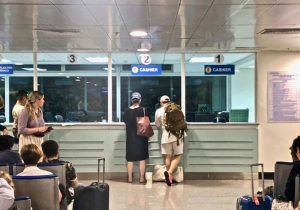
Step 4: Enter Vietnam
After getting visa, you come to Immigration Checks. You take the Immigration Checks and enter Vietnam.
10/ Pros & Cons of a Visa On Arrival
Pros:
Cons:
11/ Tips to Help You
Comparing with the other visas, Visa On Arrival is the most flexible one. It is eligible for all nationalities, so everyone can apply. It has variety of types, so you can set your trip easily. It requires no documents and can be applied online, so the process is super easy. The price is also cheap. It just has the disadvantages of entry ports and time taking. However, in general, visa on arrival is very useful for all people.
You may have some difficulties in obtaining Vietnam visa in the past, but you have many options to get it now. Please carefully learn and choose the most suitable for you. Visa is not the barrier as it was so far. Come and enjoy. Vietnam is waiting for you!

With its stunning landscapes, rich culture, and delicious cuisine, Vietnam has become a popular destination for travelers from all over the world. And now, thanks to the Vietnam government’s initiative, …
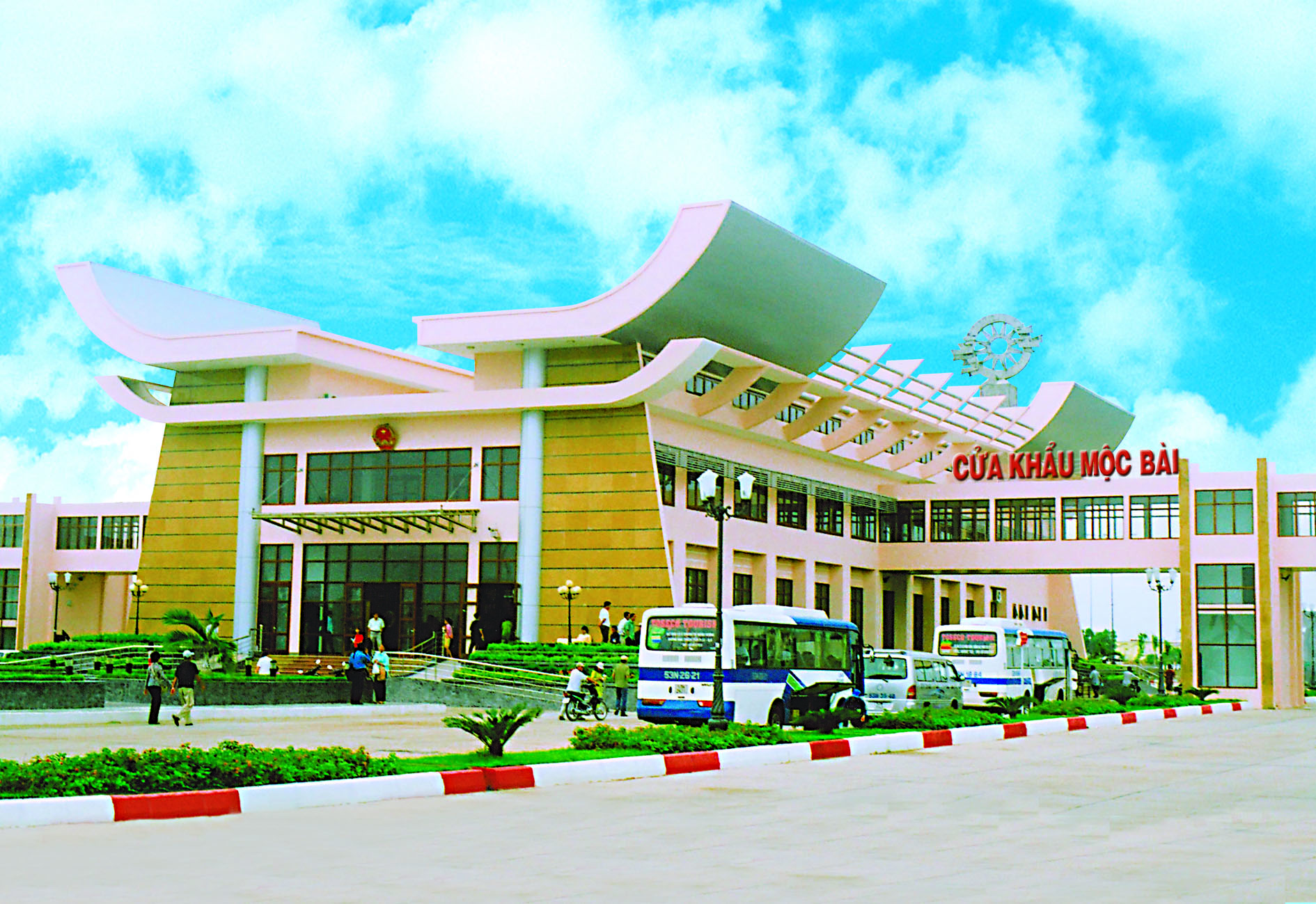
If you want to discover the beautiful country Vietnam, do not hesitate to take a trip from Cambodia to Vietnam. Many options are given to you as Vietnam and Cambodia …

Most countries in the world need a visa when visiting Vietnam. Only some countries are exempt from visa if visiting Vietnam in a short time. You can check the full …
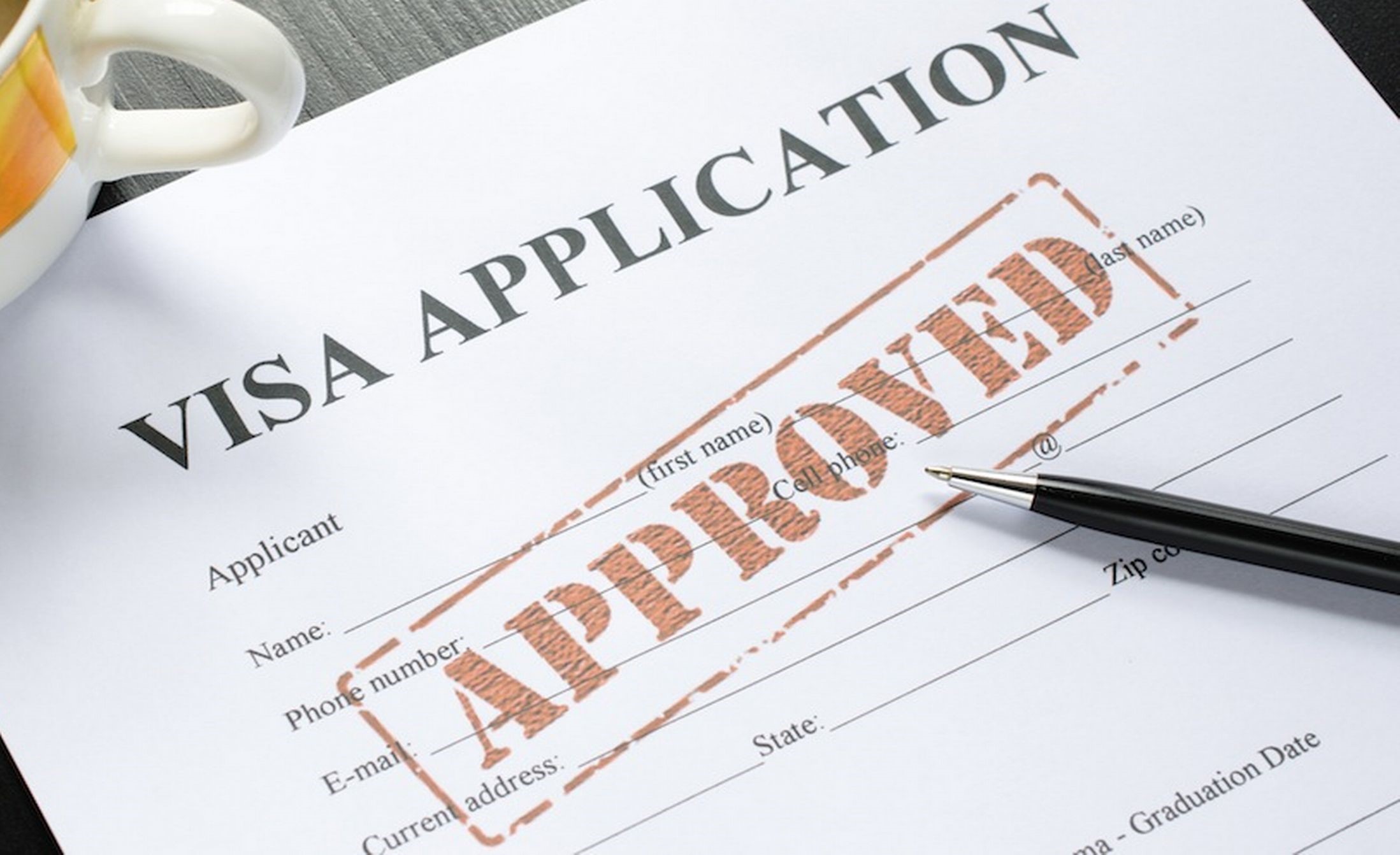
To be able to enter another country for various purposes such as travel, work or other purposes, the visa is one of the necessary documents that you need to prepare. …
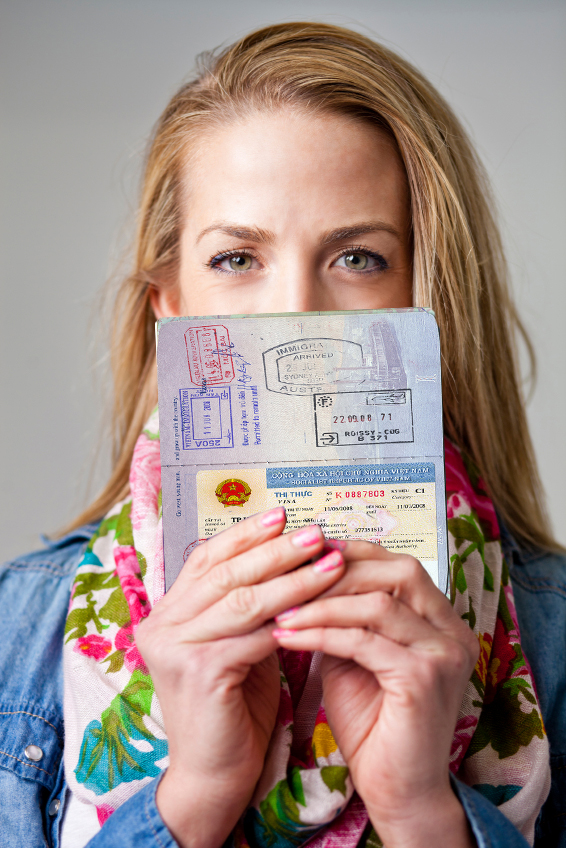
Life is growing, and the demand of travelling overseas has become one of the basic needs of people. As one of the developing countries, Vietnam has also become a destination …
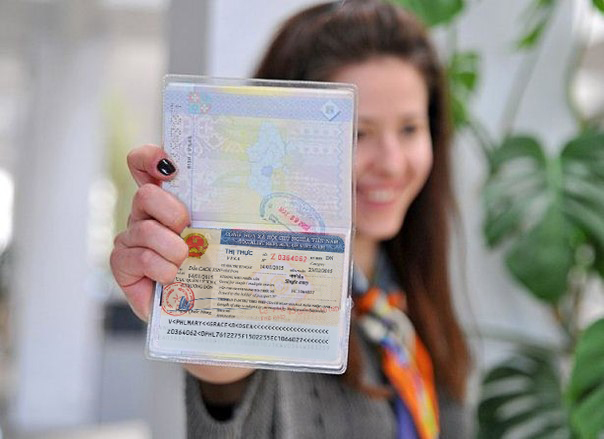
Visa is one of the most complicated matter when traveling abroad. However, it is the most important document that you need to have before going to any country. This document …

As a combination of both ancient and modern features, harmonious natural scenery, friendly people, Vietnam has always been a tourist attraction that attracts attention a lot of India people in …
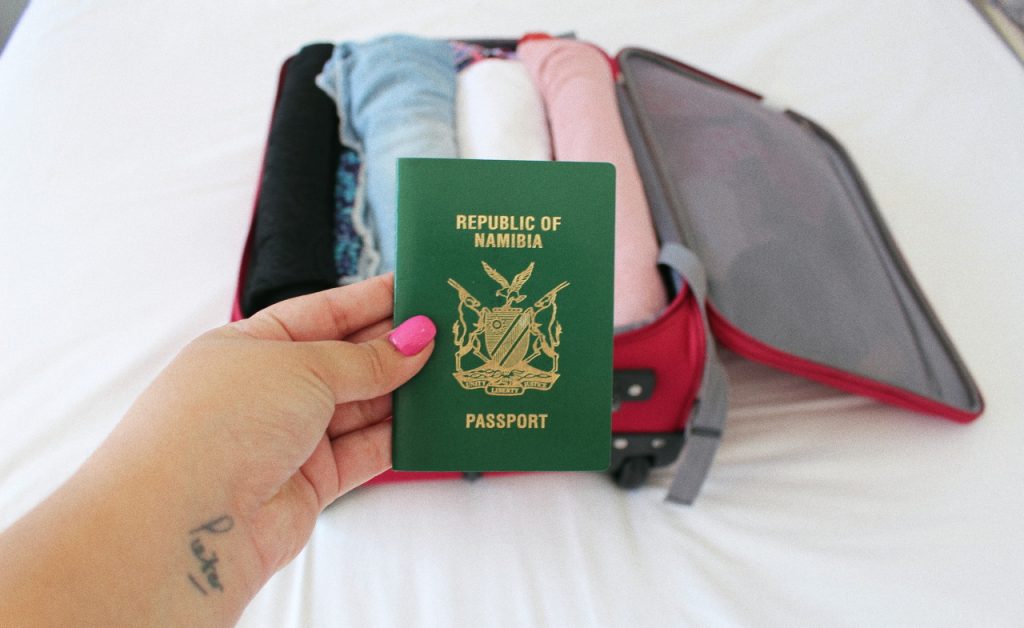
Vietnam visa is divided into many types, so it sometimes makes the applicants confused. They don’t know which type of visa is suitable and how much does that visa costs? …

